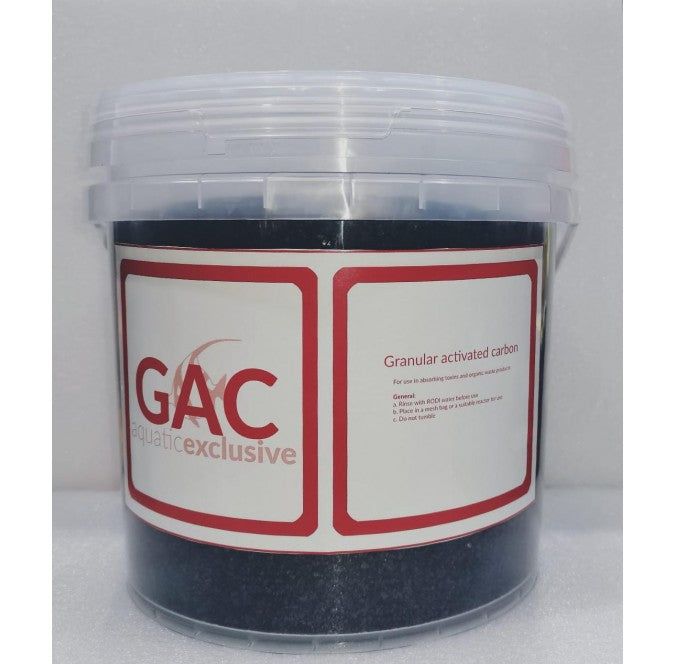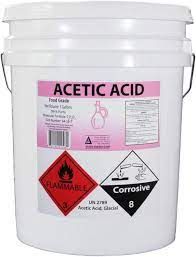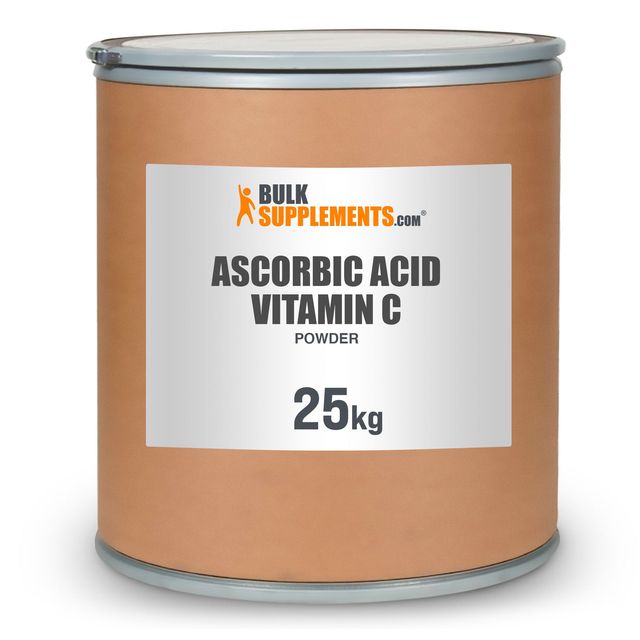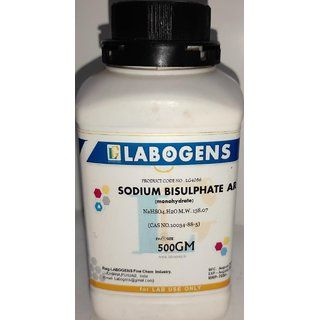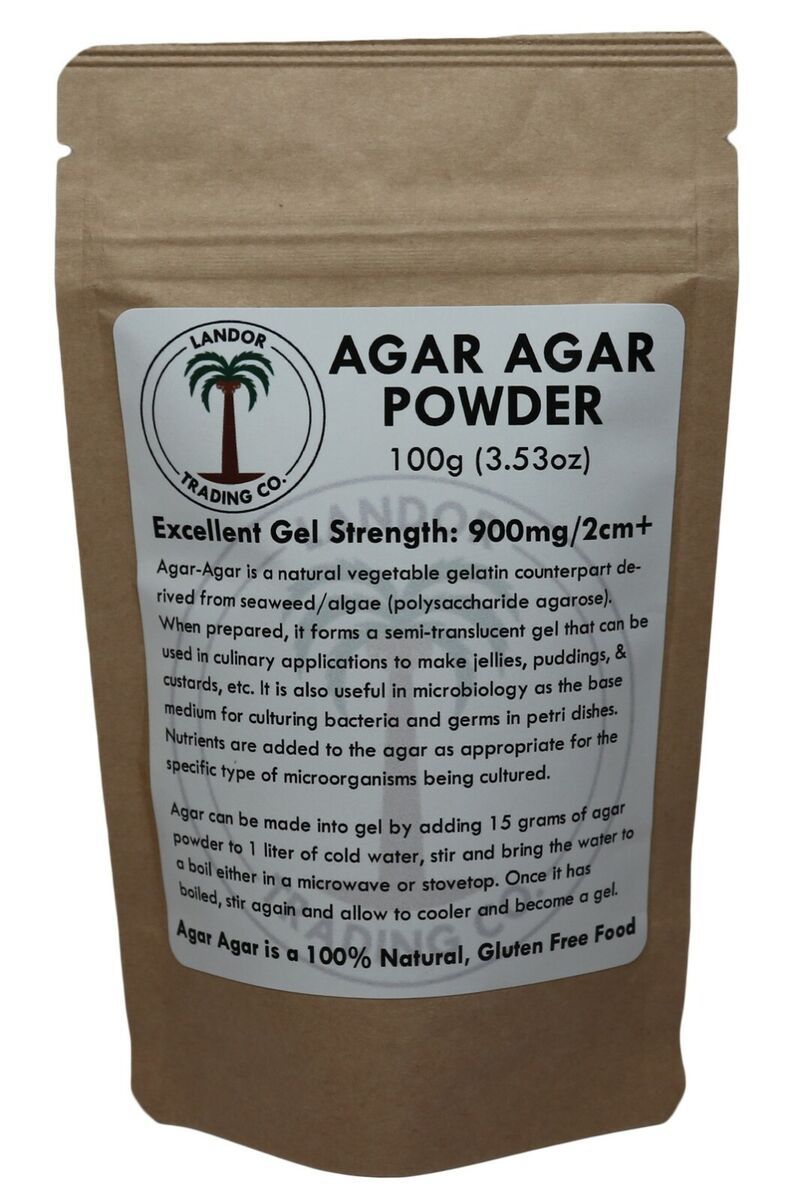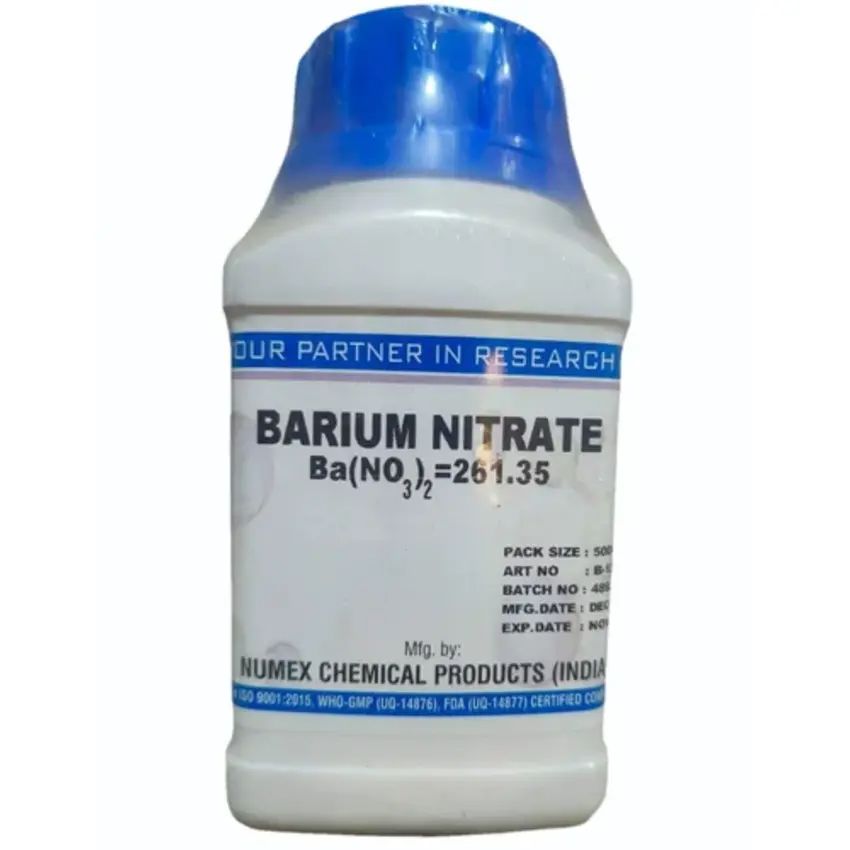Activated Carbon is a highly porous, black, granular or powdered material with exceptional adsorption capacity. It is widely used in water purification, air filtration, chemical processing, and industrial applications to remove impurities, contaminants, and odours efficiently.
Chemical Details:
- Material: High-grade carbonaceous material (e.g. coconut shell, wood, coal)
- Appearance: Black, odourless, tasteless powder or granules
- Porosity: Extremely high surface area due to activated micro- and mesopores
- pH: Neutral to slightly alkaline depending on source
- Odour: None
Key Features:
- High adsorption capacity for organic compounds, chlorine, odours, and impurities
- Available in powdered (PAC) or granular (GAC) forms
- Produced through steam or chemical activation processes for maximum porosity
- Suitable for a wide range of filtration and purification applications
Applications:
- Water treatment: Removal of chlorine, taste, odour, organic compounds, and heavy metals in municipal and industrial water systems
- Air purification: Adsorption of volatile organic compounds (VOCs), toxic gases, and odours in air filters and industrial scrubbers
- Food and beverage processing: Decolourisation, purification, and deodorisation of liquids like sugar solutions and alcoholic beverages
- Pharmaceutical industry: Purification and decolourisation of raw materials and intermediates
- Gold recovery: In mining for separation and extraction processes
- Aquarium and aquaculture filtration: Maintains water quality by removing dissolved organics and pollutants
Benefits:
- Highly effective purification agent due to its extensive surface area
- Enhances taste, odour, and appearance of treated water and products
- Environmentally friendly and safe for use when handled appropriately
- Versatile usage across multiple industries and processes
How to Use:
- For water treatment: Place in filtration units or dosing systems according to the treatment design and manufacturer instructions.
- For air purification: Use in carbon filters or adsorption beds as per equipment specifications.
- Replace or regenerate based on exhaustion levels and process requirements.
Safety Precautions:
- Avoid inhalation of dust; use appropriate personal protective equipment (PPE) such as masks and gloves when handling.
- Store in a cool, dry place away from moisture and ignition sources.
- Keep containers tightly closed to maintain adsorption capacity and prevent contamination.
